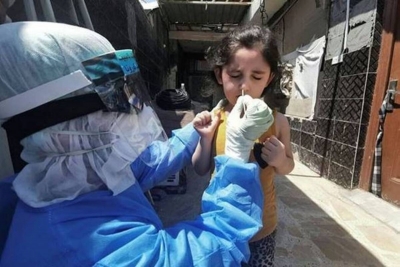
Dr. Soumya Swaminathan, the chief scientist at the World Health Organization, recently said that India seems to be “entering some stage of endemicity”. What does that mean?
According to the US Centers for Disease Control and Prevention (CDC), in the endemic stage “the disease will remain dormant in a particular region or country. If the conditions become favourable it flares up and spreads among people.” Common flu and malaria are examples of endemic stage diseases.
Endemicity simply means that the spread of the disease has started to slow down and there may not be widespread cases. The disease transmission continues and people still get infected, but not at a level that causes public health concern. However, localised peaks can be expected in some areas.
The complete endemic stage of any disease can be reached only when a large section of the population becomes immune to a disease either through vaccination or through antibodies acquired from a prior infection. India has a long way to go before reaching that stage. So, it is important to stay cautious and continue to wear masks, sanitise hands and avoid crowded places.
In February 2021, a study published in the Nature journal indicated that the SARS-CoV-2 virus is set to, become endemic and would continue to circulate in pockets of the global population. The Nature survey shows many scientists expect the virus that causes COVID-19 to pose less danger over time. This means, the virus is here to stay and we have to learn to live with it.
Did you know?
- An epidemic is a disease that affects a large number of people within a community, population, or region.
- A pandemic is an epidemic that’s spread over multiple countries or continents.
- An outbreak is a sudden increase in the number of endemic cases.
Picture Credit : Google



